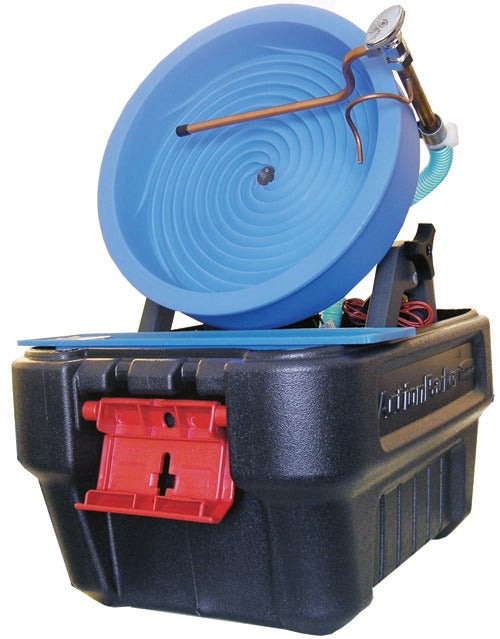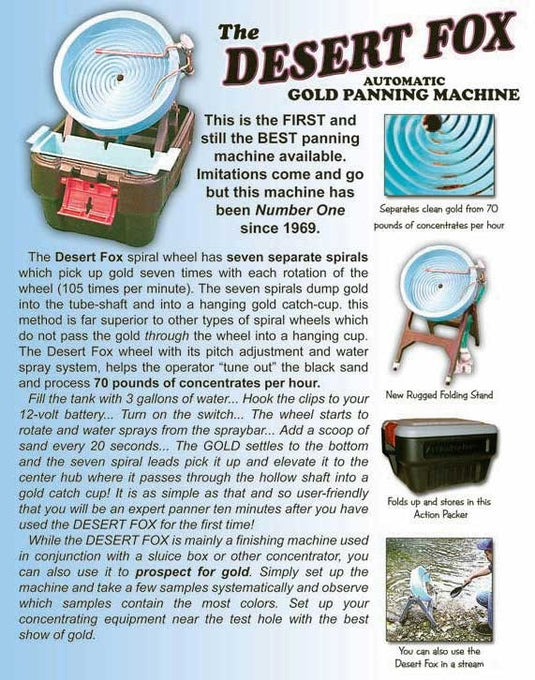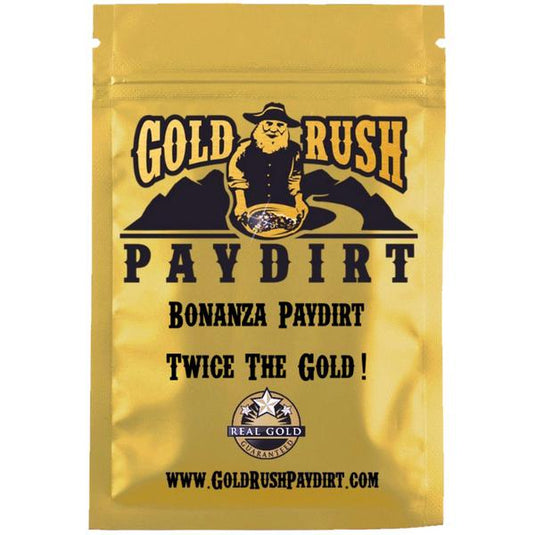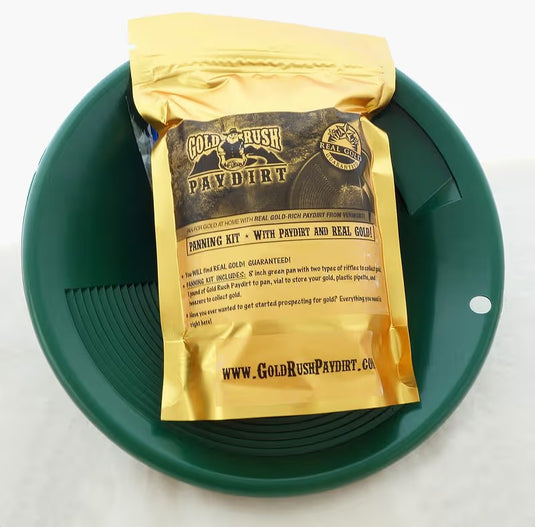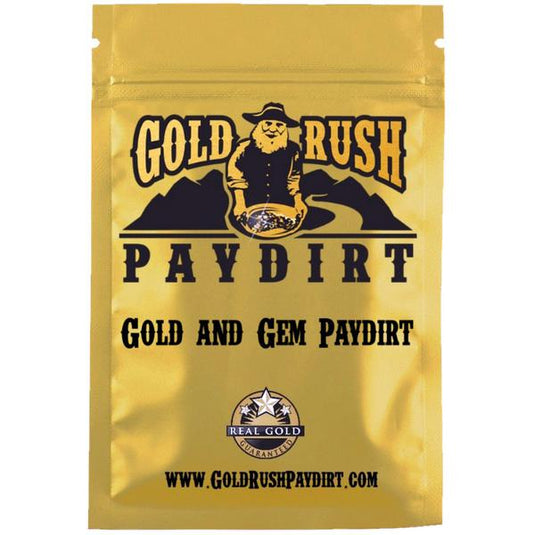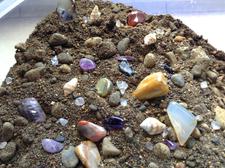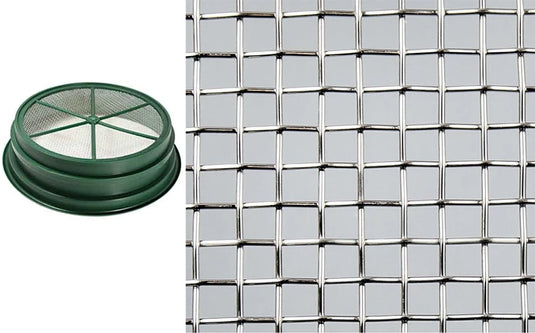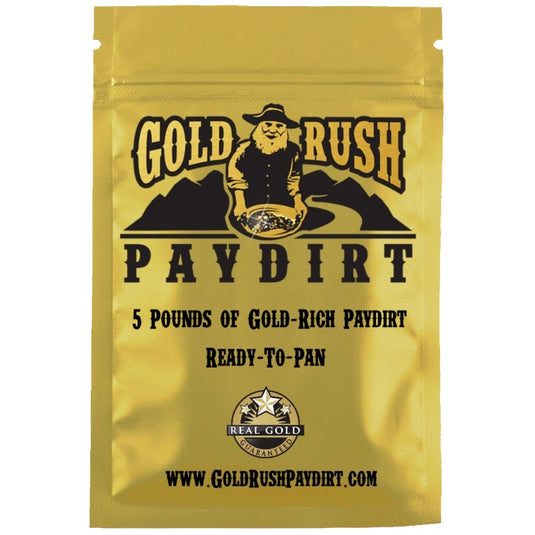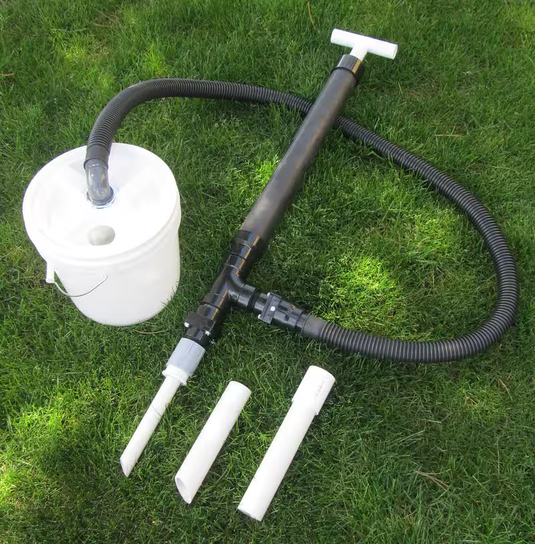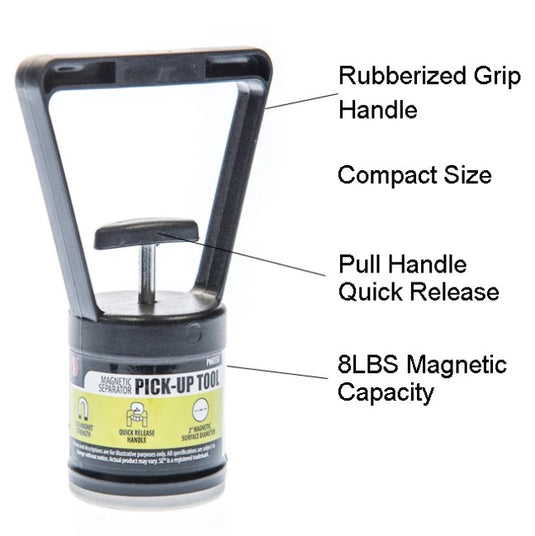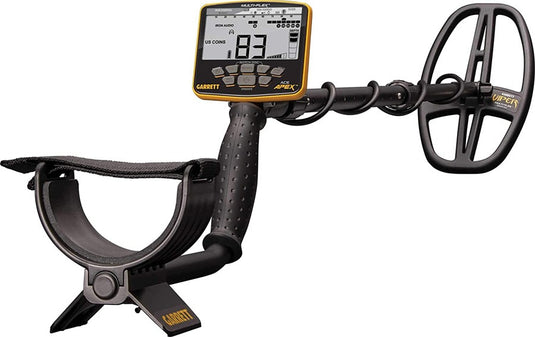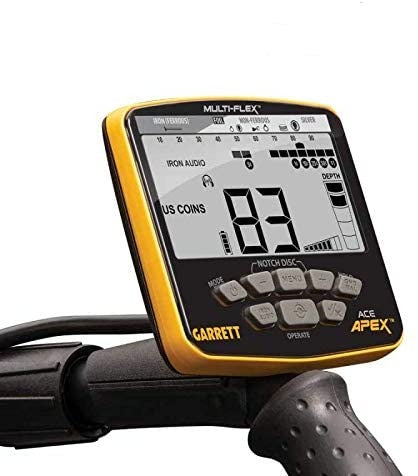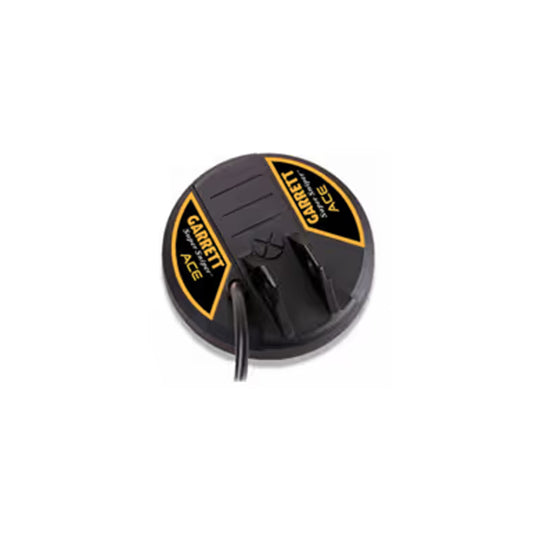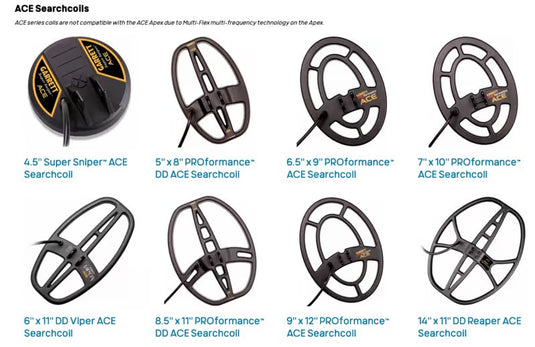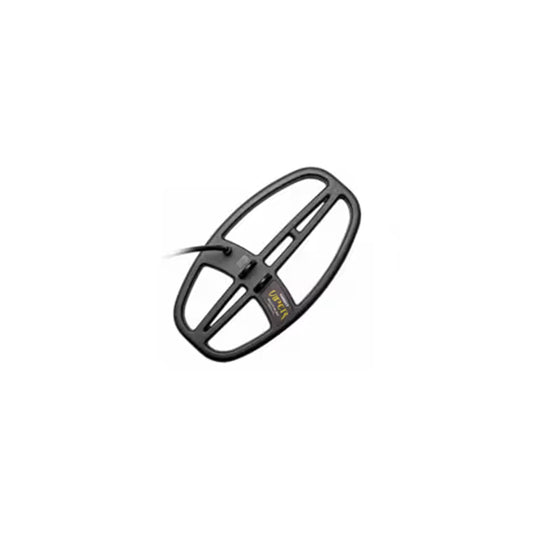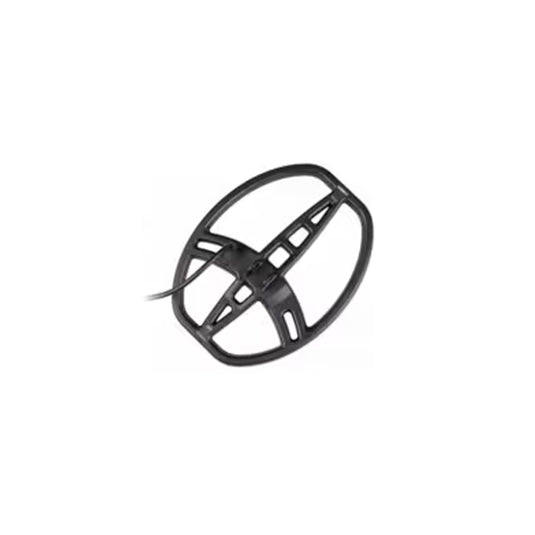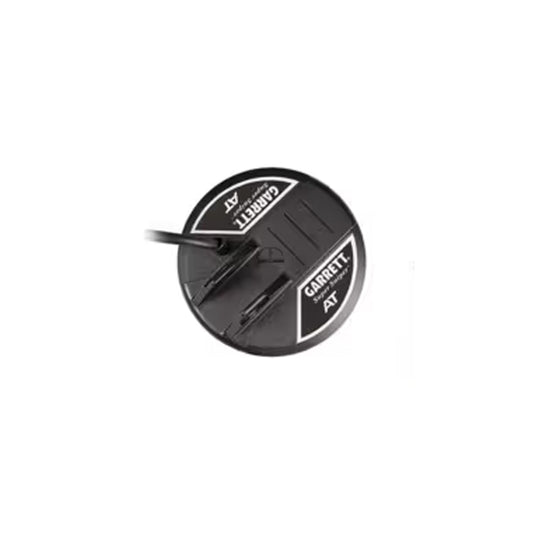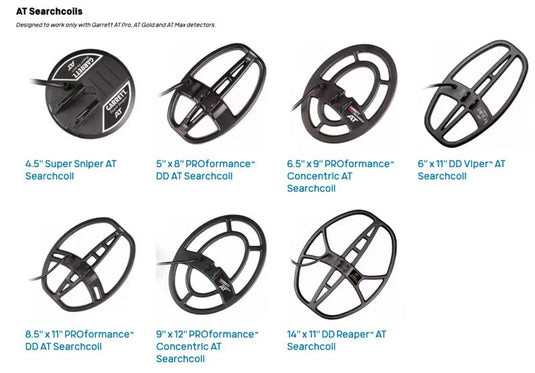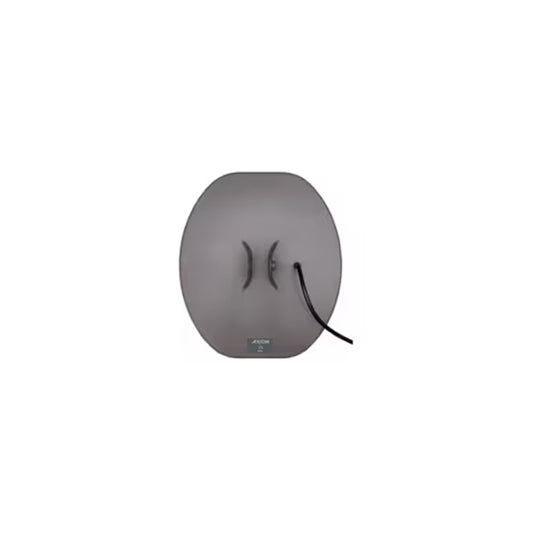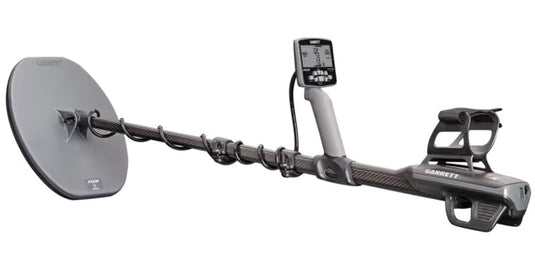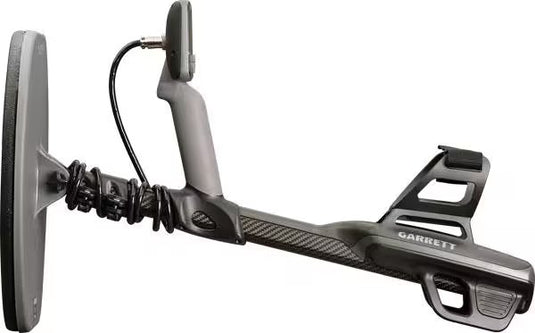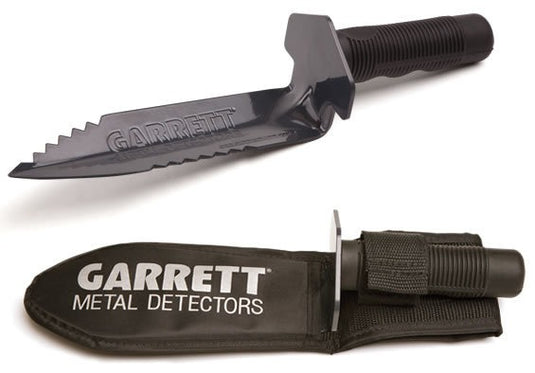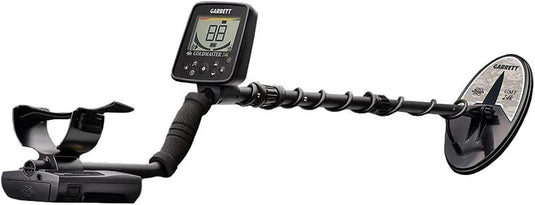-
Everything You Need to Get the Gold
- Gold Prospecting Equipment, Metal Detectors and More!

Browse by Category
Our Promise

Shop with confidence

FREE shipping to Lower 48 states on any order of $350

Great pricing on gold prospecting equipment

-
About Us
- Your Trusted Source for Gold Prospecting Gear and Knowledge. Gear Up for Adventure Today!
"Just a quick note, it was a pleasure to deal with you and your company, the personal updates you sent to keep me updated were great.I look forward to doing business with you and your company in the future. Thanks again."
Jason D.
"I would like to thank you for supporting our club with your excellent service and products. The recreational gold prospecting community is lucky to have a company like yours to work with. The wonderful customer service and great selection of products makes it easy for our members to enjoy this hobby. I would encourage anyone who is looking for a quality supplier to do business with you for any of their needs."
Jason C., VP of Southern Gold Miners Association
"Thank you, I want to let you know that your customer service is second to none. I really appreciated your quick response to my call concerning my order conformation as well as this follow up email informing me of the status of my order. Me and my 2 young boys Derek (8) and Tristan (6) have decided to attempt a little hobby prospecting they both are addicted to the Gold rush show on TV and I figured it is some healthy different type of entertainment that will get us out in the mountains and away from the video games. Hopefully it is as enjoyable as I anticipate and we will be repeat customers if this "pans" out. Thanks!"
Carl B.
"Found you on the web. Chose you guys because I like your site, you got back to me quickly when I emailed a question and you had good shipping rates. Thanks!"
Paxton M.
"I had called about an order that I placed and I just wanted to thank you for getting back to me so promptly and letting me know that it had shipped. We want to let you know that I really appreciate your company and I enjoy doing business with you. Thank you very much."
William J.
"Just a short note to let you know what a great job you did with my order. I ordered my fan late tuesday and by friday night I was installing it in my drywasher. Great job, great price, new customer for life! Thanks."
Perry B.
"It is my pleasure to do business with such nice people as yourself. I have been having a ball prospecting here in the eastern states. So far we have found gold in Vt., N.H., Ma., N.Y., N.C., Tn., and Ga. May be going to Quebec and California next. And one day to Alaska if all goes well. Thanks again."
Bob F.
"Just wanted to comment on my experience with these great people at "Gold Rush Trading Post" The service provided was excellent and the product was most assuredly what I was looking for! And not to mention the very fast shipping, which of course was well packaged and professional. Will surely be a return customer and recommend them if you desire the best in product and service. Keep up the great work."
Frank B.
"Thank you Gold Rush! You have been great! I'm looking forward to doing more business with you! You guys have been outstanding on all aspects, from the get go! If only all businesses could be so caring of their customers!"
Steve
"Thank you so much!! I got your email with the tracking number. Cant wait to play with my new toys!!! Thanks again, you truly have given me the best customer support from anyone or any company in a long, long time!!! Keep up the great work, and I will definitely be back for my next equipment purchase!!!!"
Bobby
"Thank you for your great customer service... I received your thank you card today in the mail. Your customer service with the "gold cube" and accessories I purchased is why I will continue to purchase my supplies through you. The service is great and in a timely manner. Thanks again."
Damian in Colorado
"I just found your company online in the last month and decided to try a small order to check out service and quality. I thank you for quick response and handling of my order. This already shows me the quality company I am dealing with. A+++++ so far."
Patrick in Nebraska
"Thank you for your outstanding customer service. Good customer service is getting harder to come by these days. I wouldn't hesitate to purchase from you in the future. Also, I will certainly recommend Gold Rush Trading Post to my friends and fellow club members. Again, thank you."
William in California
"What amazing customer service. I didn’t expect this level of service at all. So THANK YOU very much-- I am of the mindset I only like to buy things once, so I buy the best."
Greg in Ohio
"The Vaquero [metal detector] just arrived and I'm having a great time putting it together and testing it! Thanks for the quick service and free shipping! You run a quality operation."
Jeff, Oregon
"I like the way your site was set up - informative and easy to navigate."
M. Burkett, Maryland
"Just wanted to say thanks for your excellent service. The Woodsman's Pal I ordered arrived much earlier than expected and it's perfect. I'll definitely recommend your store to friends and family."
Scarlett S.
"Thank u sooo much! Your business is awesome! I can't wait to do more business with you. I will be getting a few classifiers next week and eventually get the big green trommel. Thanks again. I can't wait to test the machines and the pay dirt. Take care."
Phil in Calif.
"I like your place and will continue to shop with you guys, keep up the good work."
Lynn, Colorado
"Thank you very much for all of the assistance that you have given me. It heavily influenced my decision to make my purchase from your site. Customer service can be hard to come by these days; it's good to know that it hasn't died out completely. Please forward this e-mail along to your supervisor so that he/she will know what an outstanding job you are doing."
1st Lt C. Jones, United States Marine Corps, deployed to Iraq
"Thanks for your attention to detail! I realized my error [over paying] after I mailed you the money order. Your prices are competitive and you answered my inquiry promptly. I think I got the right company to do business with! I will tell my friends where I got the good deal and your integrity speaks for itself."
Jim P., Ohio
"...I am impressed by the range of your products and the prices. I'm glad I found the site."
Ron, Arkansas
"Thank you so much for your awesome customer service and updates throughout the whole process. You have gained my respect and I will definitely be purchasing though your website in the future."
Jeremy in Nevada
"I'm glad to see that there's still someone who goes the extra mile for their customers...you got a new customer here.... when I need to make a purchase you will be the first place I look."
Shannon H., W. Virginia
"You had the best price for that knife on the web that I could find. Will be visiting your website again for sure!"
Aaron S., New England
"I appreciate the quick turn-around! You guys are great and I'm looking forward to doing business with you again in the future."
Debra L., Portland, ME
"Thanks for have such a great website its really easy to find everything we needed. Once I find a company I like I keep coming back."
Jonathan T. in Calif.
"Got the Suction Dredge/ Highbanker combo today and all I can say is WOW I did not expect such a nice unit. With the quality I should get many years of use. Thanx again for the great service. I will speak highly of you guys to everyone and you will be my first choice for supplies."
Jeff in Oklahoma
"It has been a real pleasure in dealing with your company. I will be back! Thank you!"
Brian, Pennsylvania
"You guys are the best and very efficient I will be doing a lot of business with you. Thanks again"
Charles, California
"Thank you for a speedy shipping I will be doing business with you again soon. I like the way your site was set up - informative and easy to navigate."
Todd, Maryland
"...I am impressed by the range of your products and the prices. I'm glad I found the site."
Ron, Arkansas
From The Blog
Only The Best Brands
Subscribe to our newsletter
Promotions, new products and sales. Directly to your inbox.


